2025 Ducati Streetfighter V2 and Streetfighter V2 S – First Look

Ducati’s newest contender in the stacked naked middleweight class is its lightest yet
Launched alongside the new Panigale V2 and V2 S at EICMA are the new 2025 Ducati Streetfighter V2 and V2 S models. It’s not a surprise to see a Streetfighter version of the new Panigale, but it is a little surprising to see it released alongside its fully-faired sportbike cousin. Usually Ducati gives them some breathing room and launches them individually.
At any rate, the Streetfighter V2 is exactly what you expect it to be: a Panigale V2 minus some bodywork and with the addition of a handlebar. Just as the new Panigale V2 on which it’s based on is the lightest Panigale ever made, this new Streetfighter V2 is the lightest Streetfighter ever, too, weighing nearly 40 lbs less than the bike it’s replacing. Credit for that starts with the new 890cc V2 engine, of course, but also to its surrounding components.
One look at the new Streetfighter and you won’t mistake it for anything else. Despite this being a new bike, the same Streetfighter design language is all there. From the side, the aesthetic is more mechanical, as nearly the entire engine is visible. What minimal bodywork is left is heavily weighted towards the front of the bike, capped by the small, sharp full-LED headlight and daytime running light.
The rear of the bike is virtually unchanged from the Panigale V2, as there isn’t much left to expose. Visually, this keeps a flowing aesthetic from the headlight to the fuel tank, through to the seat and the tail. The full-LED tail light is split in half, though the main attention-grabber at the back of the bike is the return of the dual under-tail exhausts. Ducati says they are a nod to Ducati’s superbike past. We say Ducati have either forgotten, or ignored, how much the collective motorcycling media (and likely the masses as a whole) hated the previous under-tail exhausts because of how hot they were, especially at slow speeds. Not to mention the added weight they bring.
The main chassis of the Streetfighter is the same as the Panigale, meaning it uses a cast aluminum monocoque front frame structure that also functions as the airbox and uses the engine as the main stressed element. It’s mounted directly to the vertical cylinder. The rear subframe, also cast aluminum, is mounted off of that and directly to the engine at the bottom. Like the Panigale V4, lateral flex was a key component in the design of the chassis. The double-sided swingarm is inspired in design by the Hollow Symmetrical Swingarm of the Panigale V4 and has thin walls for optimum flex, stability, and rider feel, especially at extreme lean angles.
Like the Panigale V2 and V2 S, the two mainly differ in terms of suspension. The Streetfighter V2 features a Marzocchi fork, Kayaba rear shock absorber and Sachs steering damper, while the Streetfighter V2 S offers its rider a similar Öhlins NIX30 fork and rear shock absorber, in addition to the lithium-ion battery to reduce weight.
New cast wheels feature a six-spoke “Y” design in three separate groups. They are fitted with Pirelli Diablo Rosso IV tires (120/70 front and 190/55 rear), which combine handling and a large footprint. Brembo provides the brakes, with the front consisting of two 320 mm discs and M50 monobloc calipers – a caliper that used to be the cream of the crop only a few short years ago.
You’ll find the same electronics suite on the SF V2 as you will on the Panigale, which includes Cornering ABS with slide-by-brake functionality, Ducati Traction Control, Ducati Wheelie Control, Engine Brake Control and the new Ducati Quick Shift 2.0, the same system used on the Panigale V4, standard on both versions. There are also four Riding Modes (Race, Sport, Road, Wet), as well as the 5-inch TFT display with an Infomode-based user interface conceptually derived from the new Panigale V4. The three views - Road, Road Pro and Track - are designed to allow the rider to concentrate on riding, highlighting the most relevant information for each mode with as little clutter as necessary while still providing a complete display. The rev counter, for example, also acts as a gear shift indicator, lighting up green in the ideal range for an upshift, and red when you’re close to, or at, the rev limiter.
The new Streetfighter V2 has several accessories to increase its performance on the track or make it more versatile for road use. With the racing exhaust, reserved for use on the circuit, you can increase the maximum power to 126 hp and reduce the weight of the bike by 10 lbs. And the Lap Timer Pro self-timing system, using the Track Infomode, displays lap times, split times and improvements in the rider's performance in real time. Those who wish to enjoy the Streetfighter V2 on the road can mount cruise control, turn-by-turn navigation, a USB power socket, or the TPMS tire pressure sensor.
The new Streetfighter V2 will arrive in dealerships in the two versions in Q2 2025, in Ducati Red livery only. The Streetfighter V2 will be offered in a two-seater configuration, while the Streetfighter V2 S will be available in a single-seater configuration with a passenger kit available as an accessory. Pricing for the standard Streetfighter V2 starts at $14,995, while the S version will cost $17,995.
2025 Ducati Streetfighter V2 Gallery
Become a Motorcycle.com insider. Get the latest motorcycle news first by subscribing to our newsletter here.

Troy's been riding motorcycles and writing about them since 2006, getting his start at Rider Magazine. From there, he moved to Sport Rider Magazine before finally landing at Motorcycle.com in 2011. A lifelong gearhead who didn't fully immerse himself in motorcycles until his teenage years, Troy's interests have always been in technology, performance, and going fast. Naturally, racing was the perfect avenue to combine all three. Troy has been racing nearly as long as he's been riding and has competed at the AMA national level. He's also won multiple club races throughout the country, culminating in a Utah Sport Bike Association championship in 2011. He has been invited as a guest instructor for the Yamaha Champions Riding School, and when he's not out riding, he's either wrenching on bikes or watching MotoGP.
More by Troy Siahaan










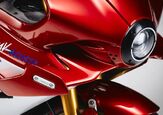
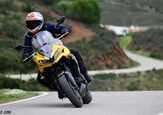
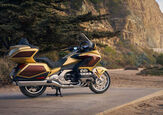
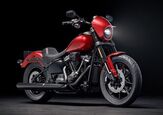


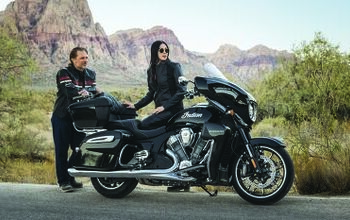
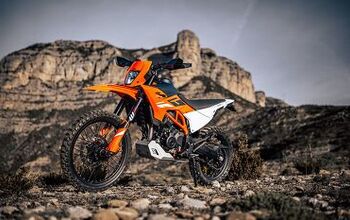

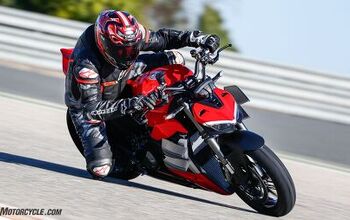
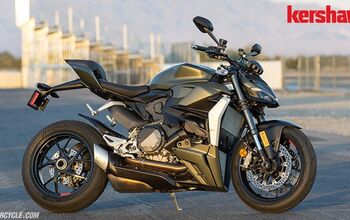
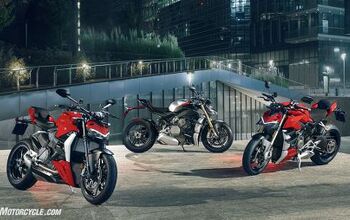




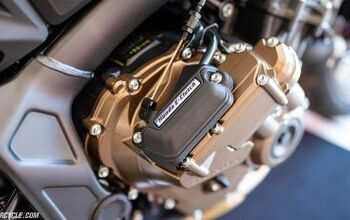
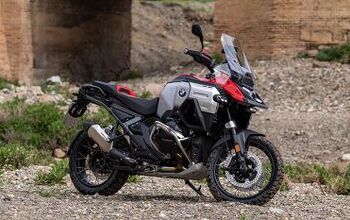


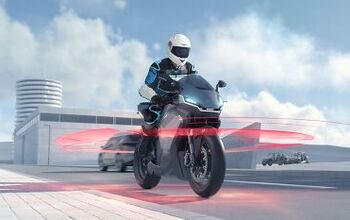
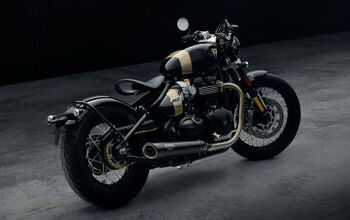

Comments
Join the conversation
Cast aluminum doesn't compare to billet in term of strength. Casting flaws can be a major issue issue. My 2000, M2 Buell's front, cast alloy engine mount broke coming west bound across the Humboldt Sink in Nevada. There wasn't a car in sight until we got to Fallon . We made it home over the sierra to Calif. on a wing & a prayer thanks to delicate throttle work and a strong as hell Kevlar final drive belt. The wife & I, two up. Flapz
"Lightest middleweight yet!"...All that info and no mention of the "actual weight"???